The world has turned upside down and back since the Global Pandemic has hit us. Every single one of us has been craving to get out and live a normal life. Everyone seems to be planning their next outing even before we’re done with the first. So, lets get innovative with how we spend our time. If you have an interest in history, culture, art, heritage and even if you don’t, visiting a museum can never be a bad option. Whether you go with company or take a solo ride, museums are fun, intriguing and informative which makes for a wholesome experience. We’re here to help you plan a good day out with a list of 10 Indian museums to visit post the pandemic.
Indian Museum, Kolkata
The Indian Museum is not only the oldest and largest museum India but also one of the oldest museums in the world. The Asiatic Society of Bengal in Kolkata founded the museum in1814. It is a storehouse of history and information under categories such as – Indian Art, Archeology, Anthropology, Zoology, Geology and Economic Botany. Moreover, a rare collection of antiques, armors, fossils, skeletons, ornaments, mummies and Mughal paintings are preserved and displayed at the Indian Museum.
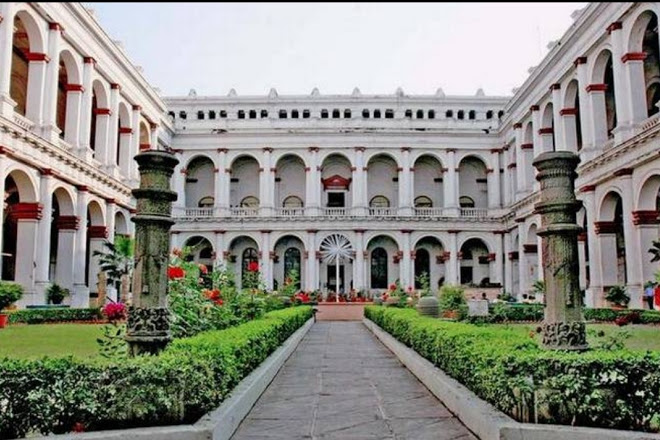
Salar Jung Museum, Hyderabad
Located on the southern bank of the Musi river in Hyderabad, the Salar Jung Museum is an art museum and one of the three National Museums in India. Originally this museum was a private art collection of the Salar Jung family. However, with the passing of Salar Jung III it was bestowed upon the nation and was opened to the public on 16th December, 195. The museum displays a fabulous collection of artefacts, paintings, sculptures, weapons, carvings, ceramics, manuscripts and so on. These were all carefully collected by Nawab Mir Yousuf Ali Khan from across India and abroad in his time.
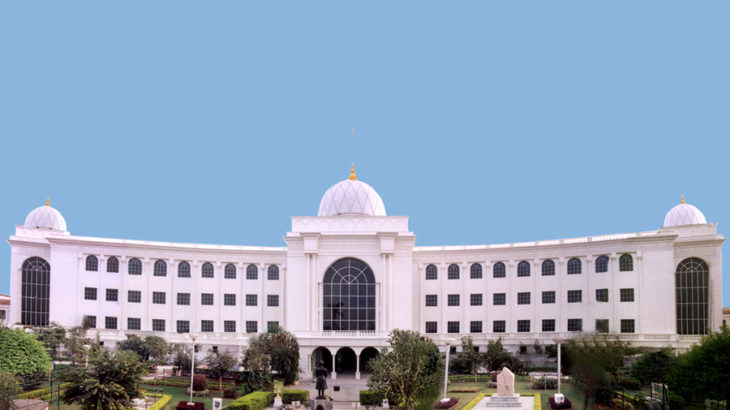
Napier Museum, Trivandrum
The Napier Museum is an art and natural history museum. The Trivandrum Zoo, which is one of the oldest Zoological gardens in India, shares the land too. Gothic roofs and minarets adorn the hallways of this architectural masterpiece. The Napier museum seeks inspiration from Indian, Chinese and Mughal schools of architecture. Furthermore, it also has a strong essence of traditional Kerala design. A rare collection of archeological and historical artefacts, ivory carvings, bronze idols, ancient ornaments and a temple chariot are displayed here. The walls depict the Mahabharata and Ramayana using Japanese Shadow-play leather work.

Calico Museum, Ahmedabad
Founded in 1949 and managed by the Sarabhai foundation, the Calico museum is a fabulous textile museum located in Ahmedabad, Gujarat. The Calico museum is a great representation of both the history, the technical know-how and the art of textile works and historic Indian fabrics. Consequently, it is a hub for design knowledge, research, publications and resources in the textile industry. We can also find regional embroideries, Mughal inspired textiles, religious textiles and tie-dyed fabrics on display. The gallery also exhibits miniature paintings, furniture, sculptures, temple hangings and various other artefacts.
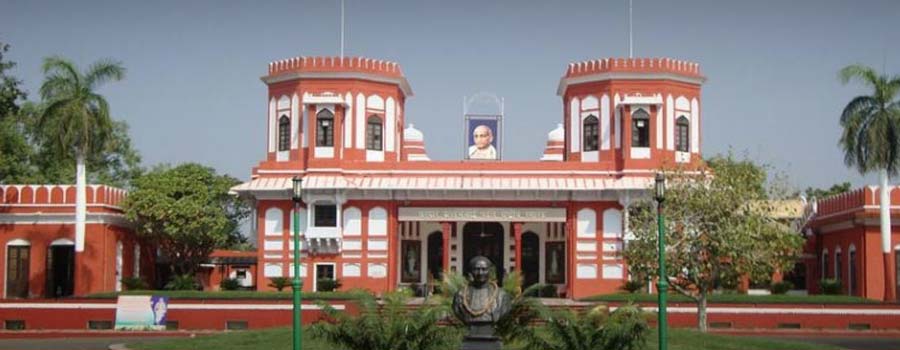
Chatrapati Shivaji Maharaj Vastu Sanghralaya, Mumbai
Situated in the heart of South Bombay, the Chatrapati SHivaji Maharaj Vastu Sanghralaya is one of Mumbai’s most celebrated heritage sites. The museum documents the history of India from prehistoric to modern times. Under three main categories – Art, Archeology and Natural History – the museum holds about 50,000 exhibits of ancient Indian history. Additionally, it houses artefacts and scriptures from foreign countries as well. Notably, relics from the Indus Valley Civilization and from the reign of the Guptas, Mauryas, Chalukyas and Rashtrakutas are also on display here. The Indo-Saracenic style of architecture gives the monument a royal grandeur.

Shankar’s International Dolls Museum, Delhi
Set up by K.Shankar Pillai, this museum is a large collection of crafted dolls. The museum is split in two sections. One consisting of dolls collected from a number western countries. The other consisting of dolls collected from African and Asian countries including India. The main attraction of the Dolls museum is the dolls crafted by it’s in-house workshop where craftsmen carefully design each doll with a conscious attention to detail. These dolls sport various Indian costumes and ornaments and are a fabulous representation of our art and culture.
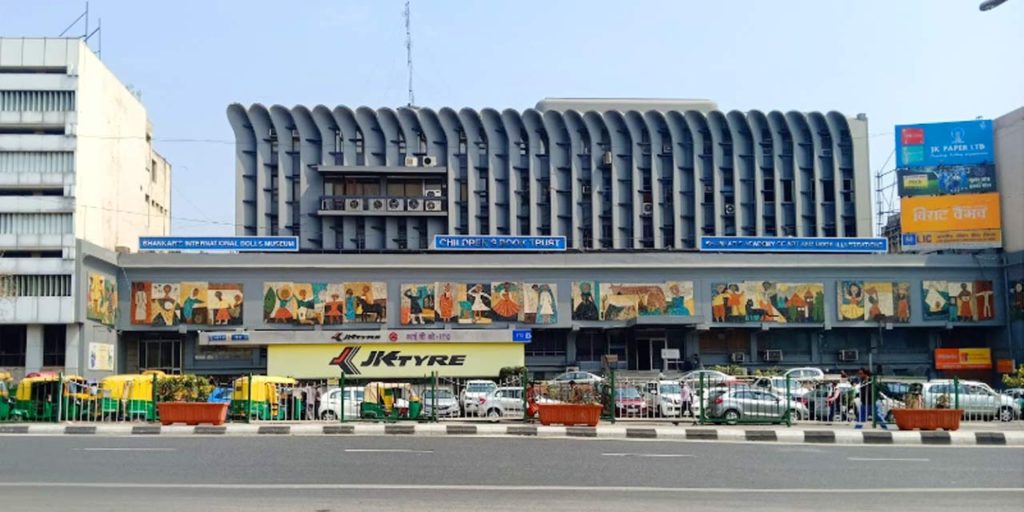
Island Museum, Nagarjunakonda
The Island Museum’s architecture follows that of the Buddhist Viharas. The museum oozes history and stories in every corner. In display we can find Buddhist Paleolithic and Neolithic artefacts and ruins excavated by archeologists. Moreover,there are five galleries that exhibit sculptures, manuscripts, limestone slabs, antiques and inscriptions from the 3rd and 4th Centuries AD. Furthermore, there are also ayaka-slabs, coins, panels mapping human evolution, terracotta and art from the museum’s Ishvaku collection. A separate gallery has it’s complete focus on the life and works of Gautum Buddha. Here one can find epigraphs, inscriptions and archeological components of stupas.
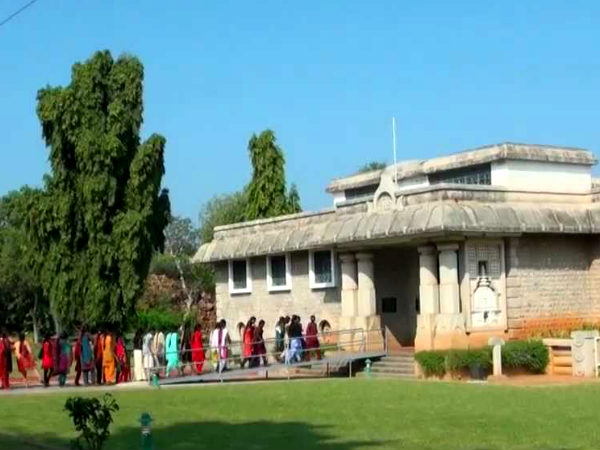
Mayong Central Museum, Guwahati
The practice of black magic and witchcraft has been prominent in Assam for years. With development and modernisation, these taboo practices may have reduced but the origins and tales still remain. The Mayong Central museum is an ode and a storehouse of information for black magic and witchcraft. The museum contains relics, manuscripts, ancient texts and scriptures that trace the origins of black magic and Ayurveda. Consequently it also showcases jewelry made of bones and seashells, coins, sculptures, stone statues and metallic rings. The practices of black magic and witchcraft have involved the use of all these items. In addition, the Mayong museum also displays swords that show a history of human sacrifice, terracotta and palm leaf artefacts and bronze objects excavated by archeologists.
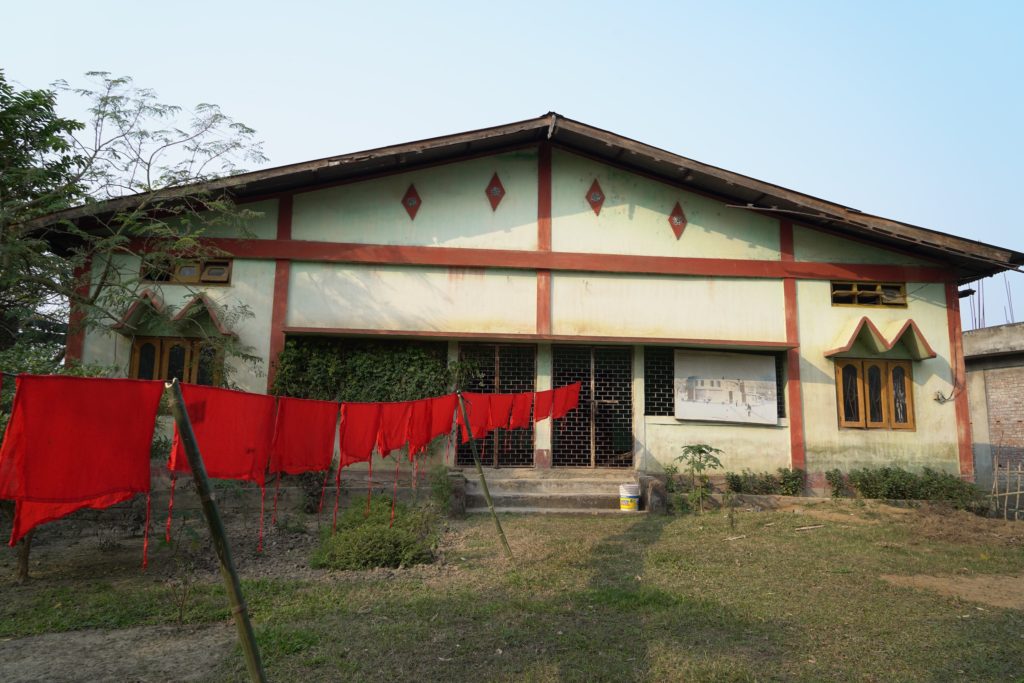
Library of Tibetan Works & Archives, Himachal Pradesh
In 1970, the 14th Dalai Lama founded the Tibetan Library. It is considered one of the most important institutions for Tibetan works in the world. Tibetan history and culture covers every inch of the library. It is a one stop source for any and every question in Tibetan history. The library houses over 80,000 manuscripts, books and documents, more than 600 thangkas, statues and artefacts and over 10,000 photographs all tracing Tibetan heritage.
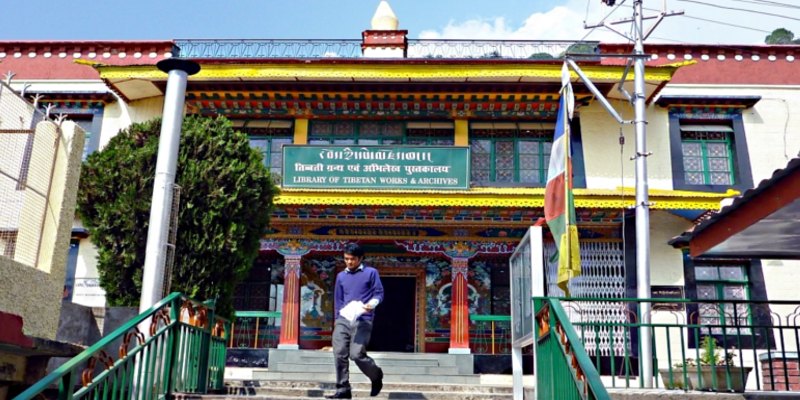
Government Museum, Chennai
The Government Museum is the second oldest museum in India. It is a museum of human history and culture founded in 1851. The museum is particularly rich in archeological and numismatic collections. It has a majestic collection of Roman antiques and probably the largest on outside Europe. The National Art Gallery present on the same premises exhibits an exquisite collection of European and Asian paintings. Moreover the museum’s Connemara Public Library and the colossal Museum Theatre are both splendid additions.
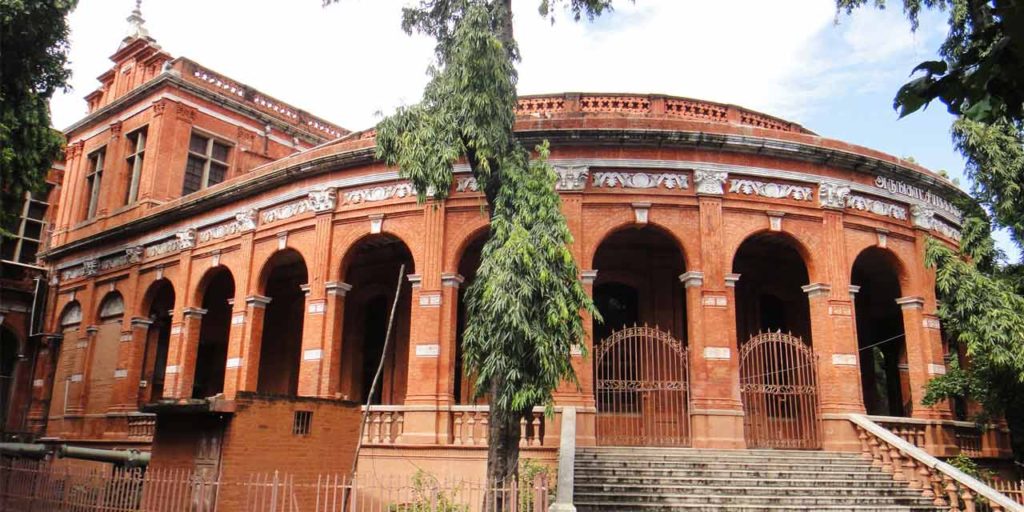
So gear up and plan your visit to these magnificent museums across the nation. A trip to the museum is a holistic day out. Soak in the history and heritage and be awestruck by alluring art work. Enjoy being in the presence of times we might not see again. To conclude, let us try to revive the spirit of these beautiful museums, dampened by the pandemic. Moreover, be proud of the history and heritage they have preserved over the years.

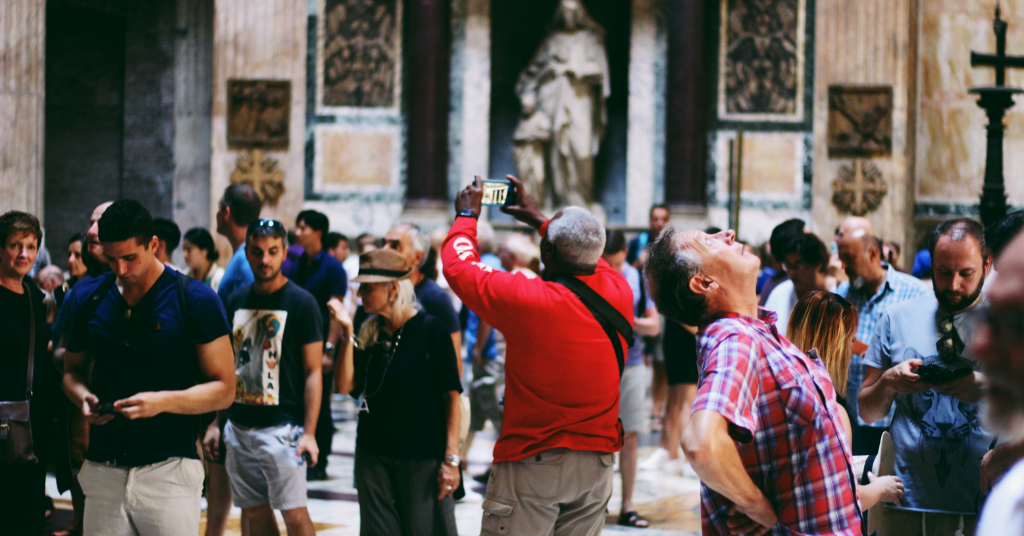




3 Comments